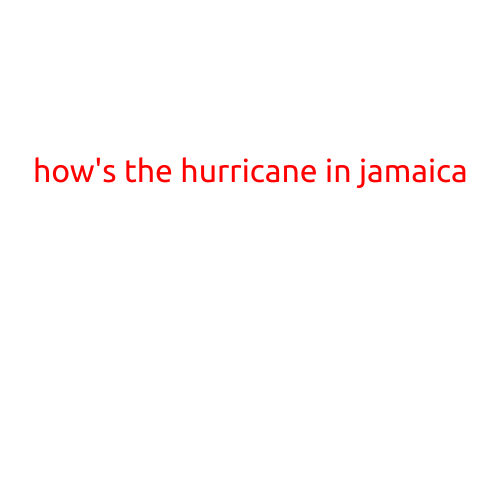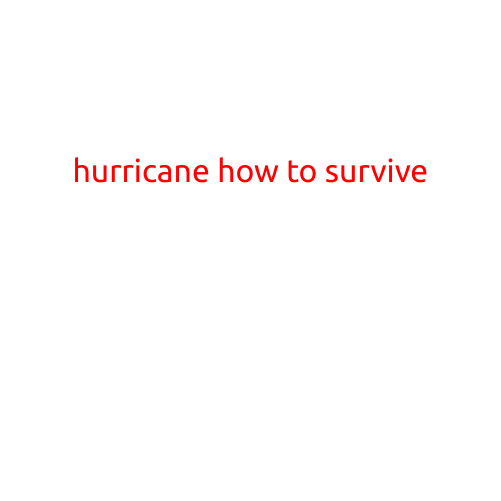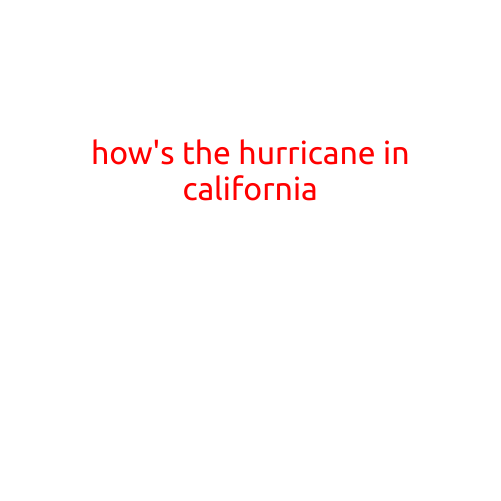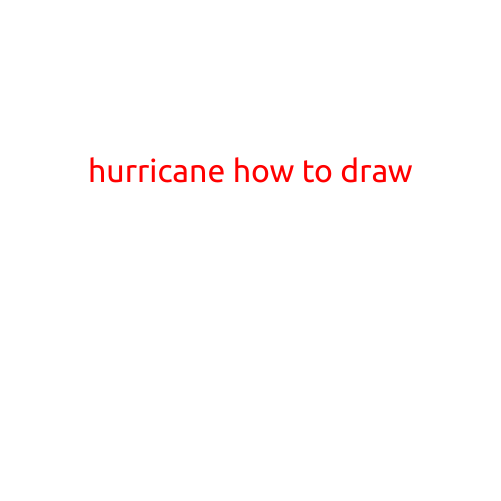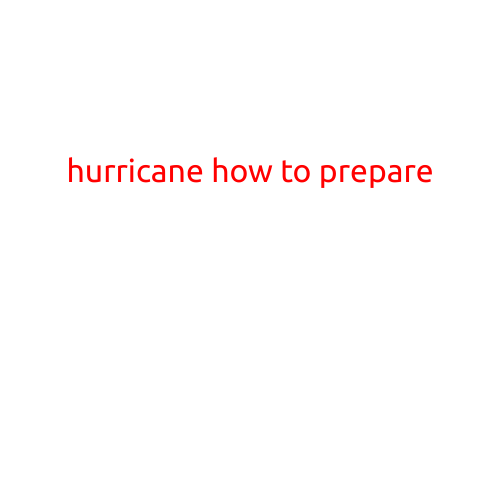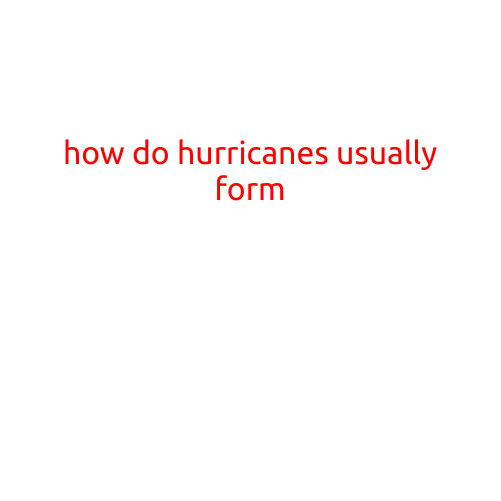
How Do Hurricanes Usually Form?
Hurricanes are powerful, tropical cyclones that can bring devastating winds, rain, and flooding to coastal communities around the world. These massive storms can be daunting, and understanding how they form can help us better prepare for them and reduce their impact on our lives.
The Perfect Storm
Hurricanes form when a combination of atmospheric and oceanic conditions come together in a specific way. The process typically begins over the warm waters of the Atlantic Ocean, Caribbean Sea, or Gulf of Mexico. Here’s a step-by-step explanation of how hurricanes usually form:
- Warm Ocean Waters: Hurricanes need warm ocean waters (at least 26.5°C or 80°F) to a depth of about 50 meters (164 feet) to form and maintain their strength. These warm waters heat the air above them, causing it to rise and create an area of low pressure.
- Moisture and Evaporation: As the air rises, it cools and condenses, forming clouds and releasing heat, which in turn fuels the storm’s development. The warm ocean waters evaporate moisture into the air, creating high levels of humidity.
- Low Pressure System: The area of low pressure created by the warming of the air draws in more air from surrounding areas, causing the system to strengthen. This low-pressure system is sustained by the heat and moisture from the ocean.
- Wind Shear Reduction: For a hurricane to form, wind shear (a change in wind direction and speed with height) must be minimal. High levels of wind shear can disrupt the storm’s circulation and prevent it from strengthening.
- Rotation and Convection: As the storm system develops, it begins to rotate due to the Coriolis effect (a phenomenon caused by the Earth’s rotation). The rotation of the storm creates an area of rotation, known as a tropical disturbance, which can eventually develop into a hurricane.
- Sustained Wind Speed: Eventually, the storm system will develop sustained wind speeds of at least 119 km/h (74 mph), which is the definition of a hurricane.
- Eye Formation: As the storm reaches its maximum strength, an eye will form at the center of the hurricane. The eye is a calm, cloud-free area of low pressure, surrounded by a ring of towering thunderstorms.
Factors That Influence Hurricane Formation
While the process of hurricane formation is relatively straightforward, various factors can influence the development and intensity of hurricanes. These factors include:
- Location and proximity to land or other weather systems
- Strength and direction of atmospheric winds
- Availability of warm ocean waters and atmospheric moisture
- Topography and geography of the surrounding areas
Conclusion
Hurricanes are powerful and complex weather systems that require specific atmospheric and oceanic conditions to form. Understanding the processes that lead to hurricane formation can help us better prepare for these storms and reduce their impact on our communities. By staying informed and taking necessary precautions, we can minimize the damage caused by these powerful storms and ensure a safer and more resilient future.
